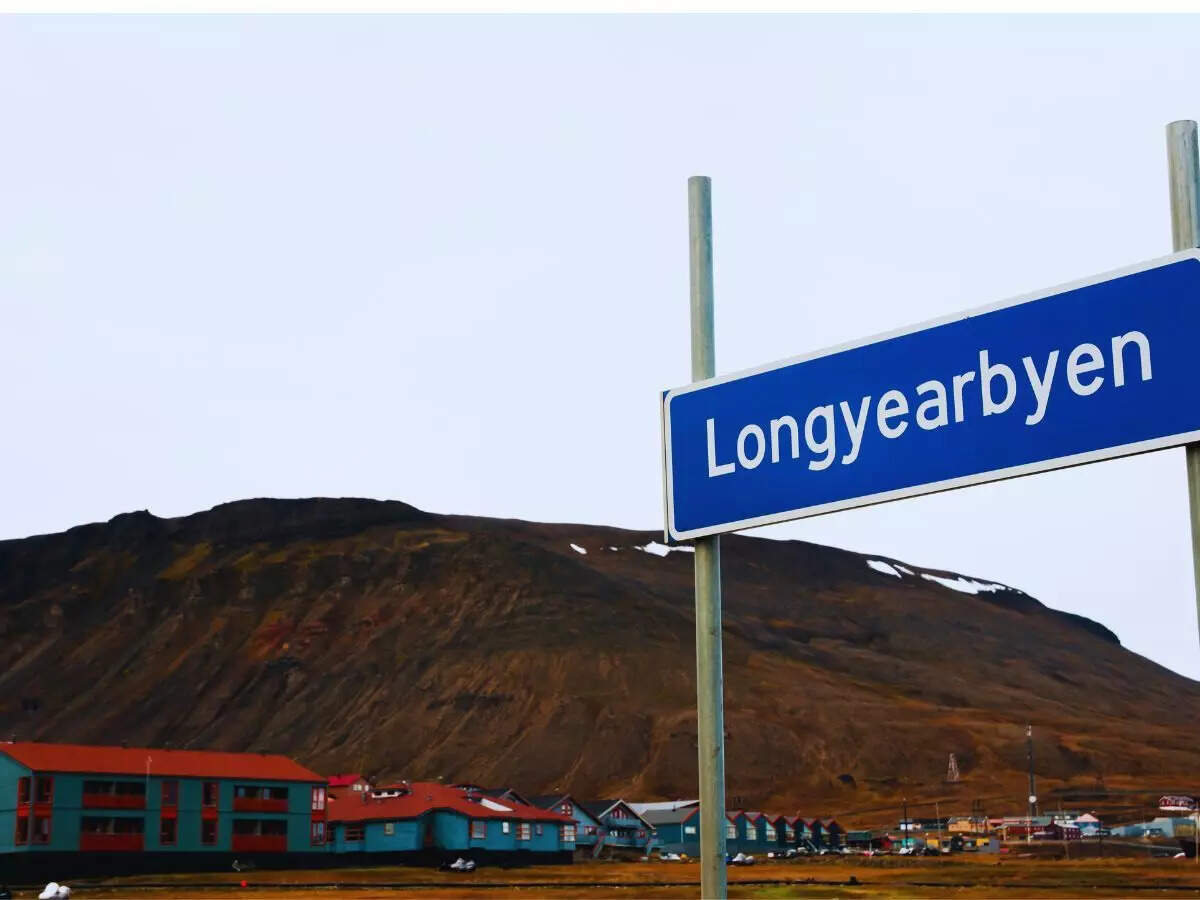Far from the madding crowd lies a cold but beautiful town called Longyearbyen in the Svalbard archipelago, Norway. Set high above the Arctic Circle, Longyearbyen is the northernmost city in the world. This remote settlement has a population of just about 2,000 people who have learned to survive in the harsh climate. But these are not the only facts that make this town unique. Not many must be aware of the fact that Longyearbyen is the only town in the world where people are not allowed to die—or be born! Yes, it’s correct. The law might sound strange but the reason behind it will justify the point. And it has nothing to do with culture or tradition but science.Let’s delve deeper:The town where people are not allowed to dieIn the 1950s, scientists made an unsettling discovery. They found out that decades old bodies buried in graveyards of the town were not decomposed. Soon they found out the reason behind the phenomena was the permafrost. It is a layer of permanently frozen soil that extends hundreds of meters below the surface. It is because of the extreme cold conditions. Microbial activity virtually stops, which means organic matter, including human remains, stays preserved almost forever! Sounds mystical, right. Bodies from 1981 Spanish flu pandemic

As per local researchers, bodies buried in the graveyards looked perfect, even after 50 years! But the problem arose when it was found that some of the bodies belonged to the 1918 Spanish flu pandemic. After examination, it was discovered that the bodies still had traces of the deadly virus, which shocked the scientists.This left scientists concerned that if permafrost could preserve viruses for decades or centuries, then thawing caused by climate change might release pathogens that the modern world has no immunity against. And it was a serious issue for the whole world.Soon after, Norwegian authorities took the decision of permanently closing the cemetery in Longyearbyen for new burials. It became a rule and was decreed that residents who become terminally ill or die unexpectedly must go to mainland Norway for cremation. No births allowed

It is not just that you can’t die here, but even giving birth here is against the law. Women who are pregnant in the town when nearing their due dates leave the island for the mainland to give birth. The reason behind this is that the town has a small hospital which lacks a maternity ward. In case any birth-related complication arises, the hospital here is not equipped to handle the situation. Winter storms, polar night conditions, and limited transportation make emergency evacuations difficult. Therefore, expecting mothers travel to Tromsø, which is about 1,000 kilometers away much before their due dates. Babies born on the mainland are still considered Svalbard residents.The real threat lies under the ice

The permafrost is a real threat. It is noticed that temperatures are rising across the Arctic. In 2016, a severe heatwave struck the Yamal Peninsula in northern Siberia and the ground thawed. It brought out the carcass of a reindeer that had died decades ago. Spores from the bacteria infected nearby reindeer herds and local residents too, causing an anthrax outbreak. This event was a kind of warning from nature to the world as global temperatures rise.Best time to visit Longyearbyen

During the polar night, from late October to mid-February, the sun never rises in the town. The midnight sun shines from April to August. Temperatures in summer barely reach 3–7°C and winter temperatures dip below –20°C. It is also considered the best time to explore the town.How to Reach LongyearbyenBy Air: The Svalbard Airport, Longyear (LYR) is the northernmost airport in the world. The airport is only 3 kilometers from the town center.From mainland Norway: The only way to reach Longyearbyen is by air, typically from Oslo or Tromsø. Both cities have daily flights operated by SAS (Scandinavian Airlines) and Norwegian Air Shuttle. Upon arrival, taxis and local shuttle buses are available. There are no direct international flights to Svalbard, so all visitors must pass through mainland Norway.

